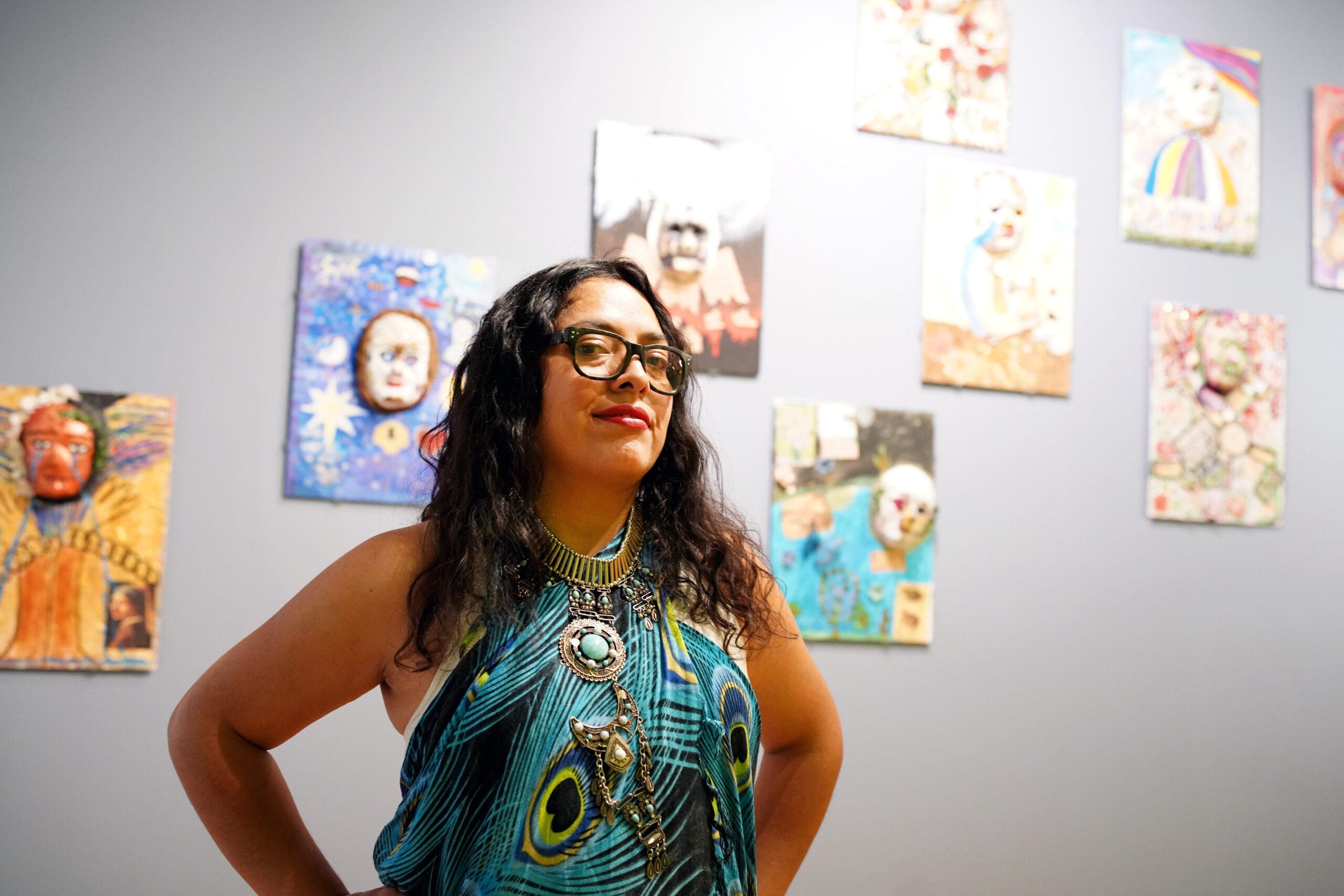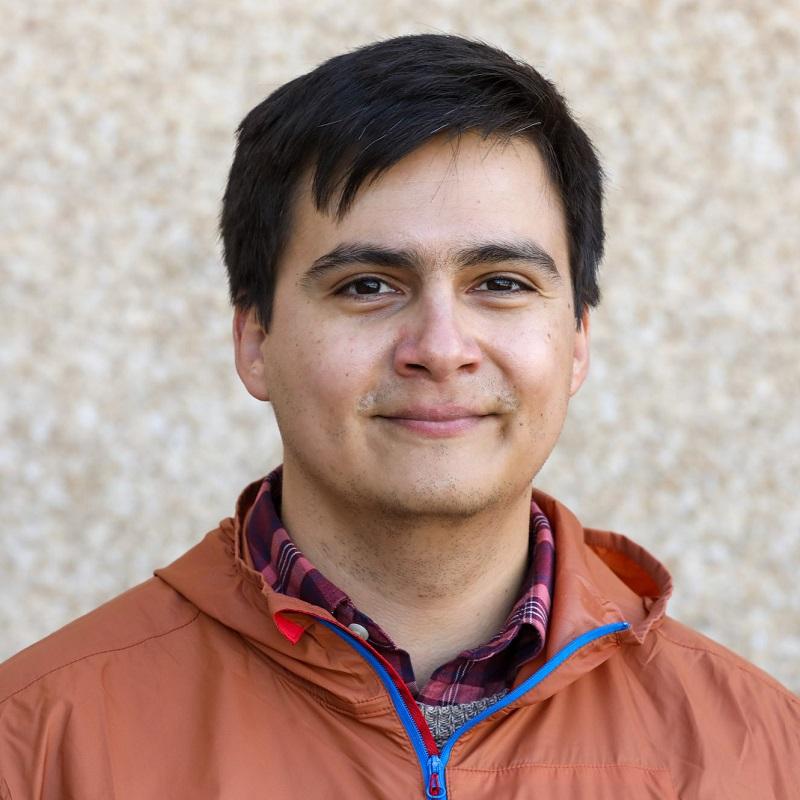
Sandra Ruiz-Parrilla has organized walking tours, planted trees and curated art exhibits to draw attention to the environmental hazards in Denver’s Globeville neighborhood.
There’s the constant noise and foul smells coming from construction sites, Interstate 70 and the nearby Purina pet-food plant, she said. There is also the soil under the homes, contaminated by industrial smelters from decades past.
But getting state officials to go beyond increasing their awareness and taking steps to fix those problems has been a long process, she said.
“It’s hard to really fight and raise your voice, because they don’t really hear us in our neighborhoods,” Ruiz-Parrilla said in Spanish.
More than a year after Gov. Jared Polis signed the Environmental Justice Act into law, state officials say they are working to earn the trust of Coloradans who are disproportionately impacted by pollution and other environmental risks.
The legislation allocated more than $2.5 million this year for the Colorado Department of Public Health and Environment to target pollution in communities with lower incomes and more people of color by creating a state-level environmental justice program.
The department hired a team of workers focused on environmental justice, formed advisory groups and launched a new data tool to track environmental risks across the state. Later this year, program staffers will announce an estimated $400,000 in grants for projects that track and curb pollution in neighborhoods facing disproportionate environmental health hazards.
The employees and advisory groups spent much of the last year visiting those neighborhoods, including through an October tour that Ruiz-Parrilla led around Globeville and Elyria-Swansea.
“True community engagement with disproportionately impacted communities takes relationship building,” said state Sen. Faith Winter, a Democrat from Westminster who sponsored the legislation that started the environmental justice program. “They're working on listening, but that's a culture shift as well for these agencies.”
Ruiz-Parrilla said that while she appreciates state and local interest in Globeville’s issues, agencies often “pass the buck” when it comes to taking responsibility and finding solutions.
“We don’t want them to see us with pity, we don’t want them to see us as contaminated. Because we’re not,” she said. “What we want them to do is to fix the problem, and it hasn’t happened yet.”

Once the environmental justice grants are available, state officials said they hope it invites a flurry of proposals from local governments, tribal nations and community organizations.
The advisory groups will also make recommendations to the Polis administration and state lawmakers about environmental justice policy. A draft of those recommendations created in June included changing the names of power plants named after Native American tribes, such as the Comanche Generating Station in Pueblo and the Cherokee Generating Station in Denver, both of which are operated by Xcel Energy.
The Environmental Justice Act also created an ombudsperson role within the Colorado Department of Public Health and Environment who will be responsible for creating a system the public can use to file complaints about environmental justice problems.
The tool program officials developed to track environmental health hazards, called Colorado EnviroScreen, helped them rank the risk in counties and census tracts based on dozens of health and environmental factors. The Colorado tool, which has a public website, is based on a similar one run by the U.S. Environmental Protection Agency. The Colorado version has more state-specific details and data, including asthma hospitalizations, cancer rates and proximity to traffic or other sources of pollution.
“This is the tip of the iceberg,” said David Rojas, an environmental epidemiologist and professor at Colorado State University who helped develop the data tool. “If something is highlighted in the map, probably there are many more things happening at the same location.”
Rojas, who also sits on the new Environmental Justice Advisory Board, is already interested in adding more health data and training residents to use the tool, he said. Though it’s not a solution for areas that bear the brunt of Colorado’s pollution, he hopes the information helps residents question state officials about their environmental problems.
“My goal is that this tool can help trigger the demand from the community to say, ‘We need attention here,’” he said.








